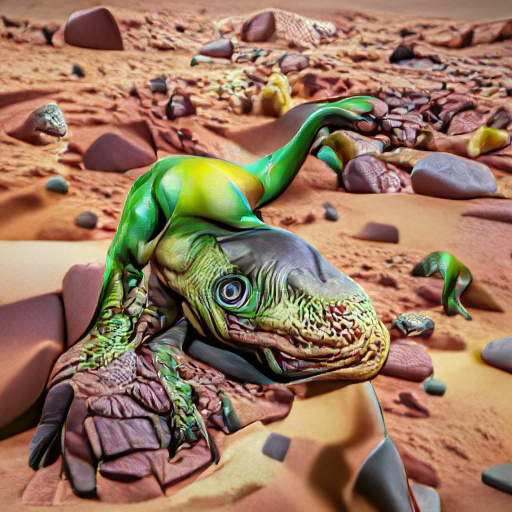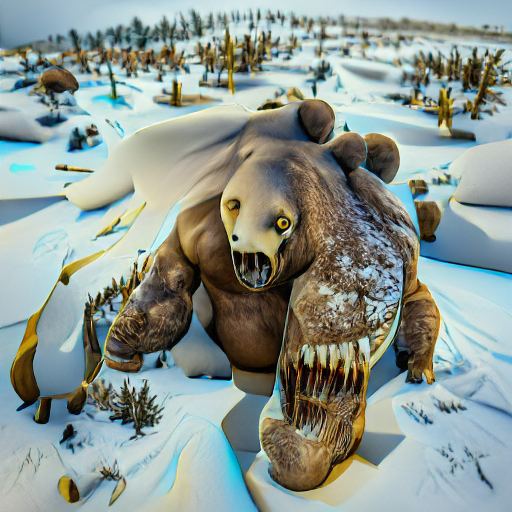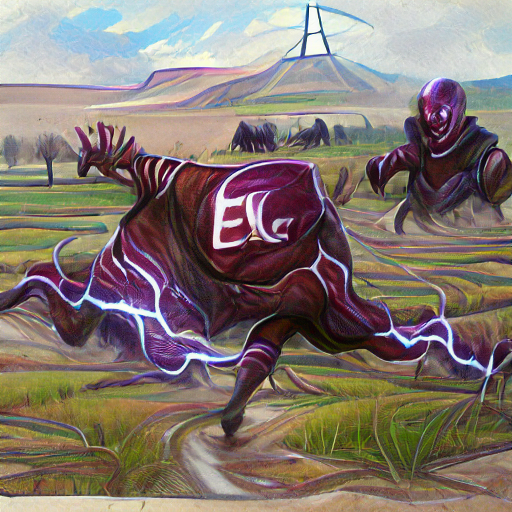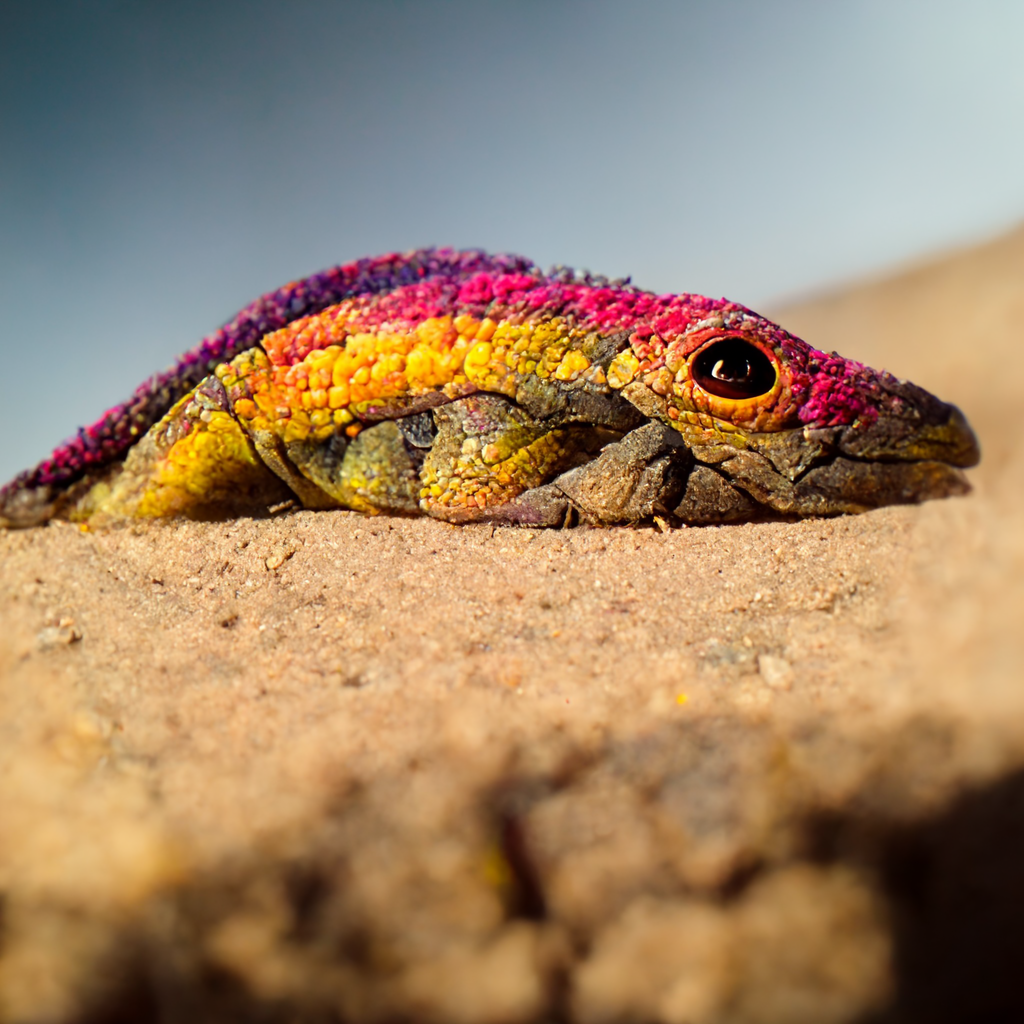
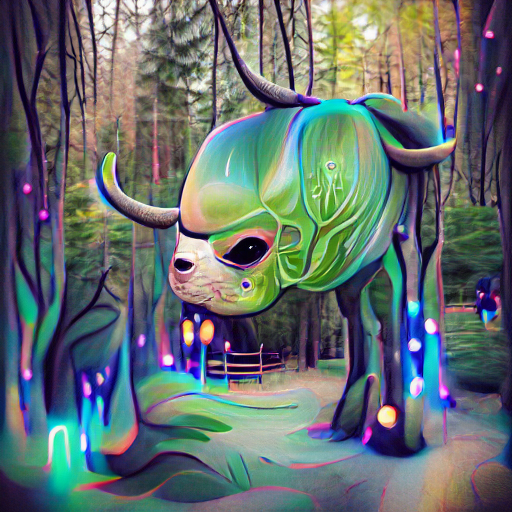
Nebulflats are strange, half-ox, half-beetle creatures that live deep in the oceans of the planet. They are extremely inquisitive and will often crawl onto land to explore oceanside forests. Despite the fact that they seem to enjoy spending most of their time on land, they will become sick if they don't return to the ocean within a few days. Nebulflats cannot swim and instead just walk along the bottom of whatever ocean they call home.
Explore an endless universe of ficticious life on NovelGens.
